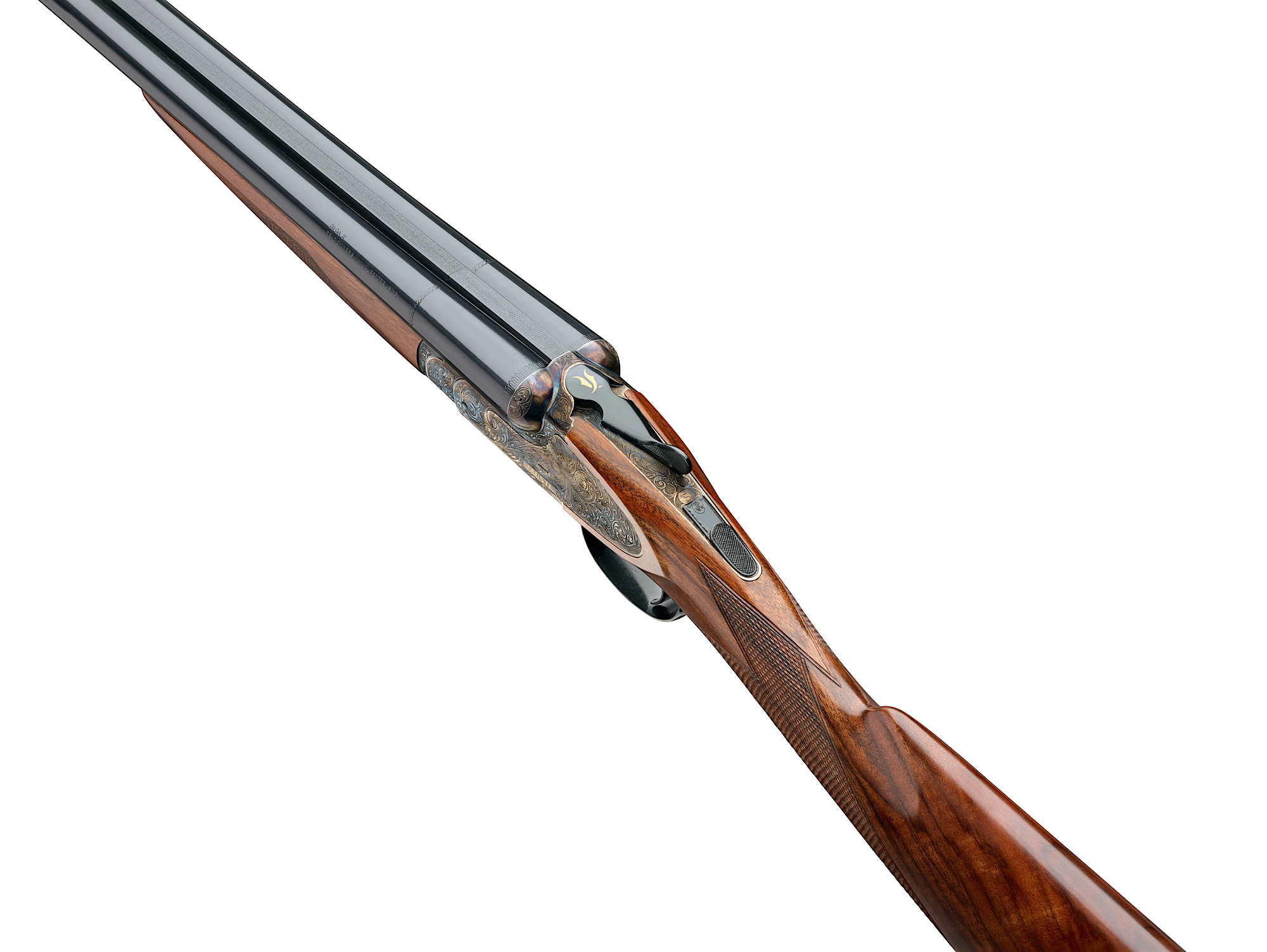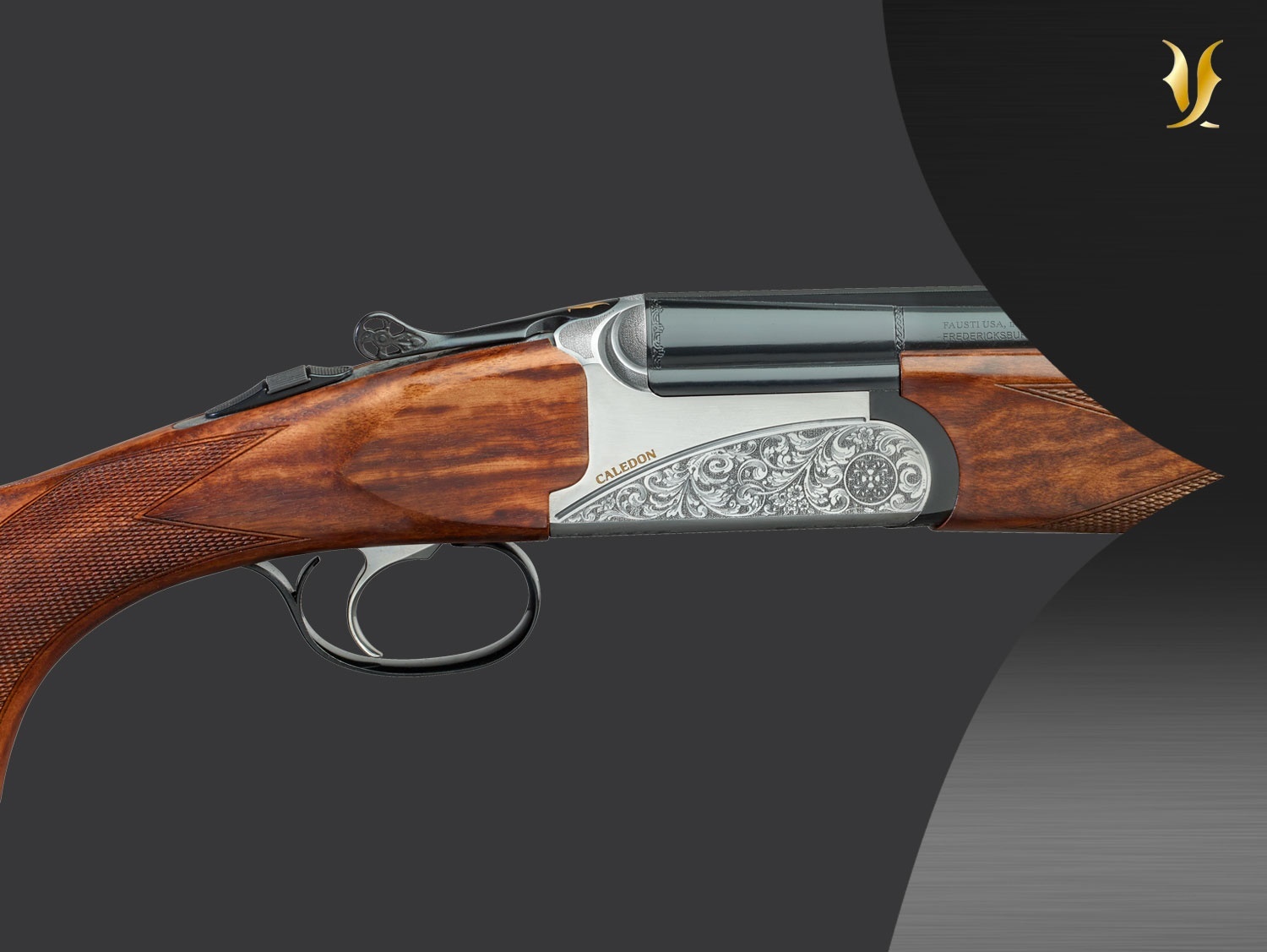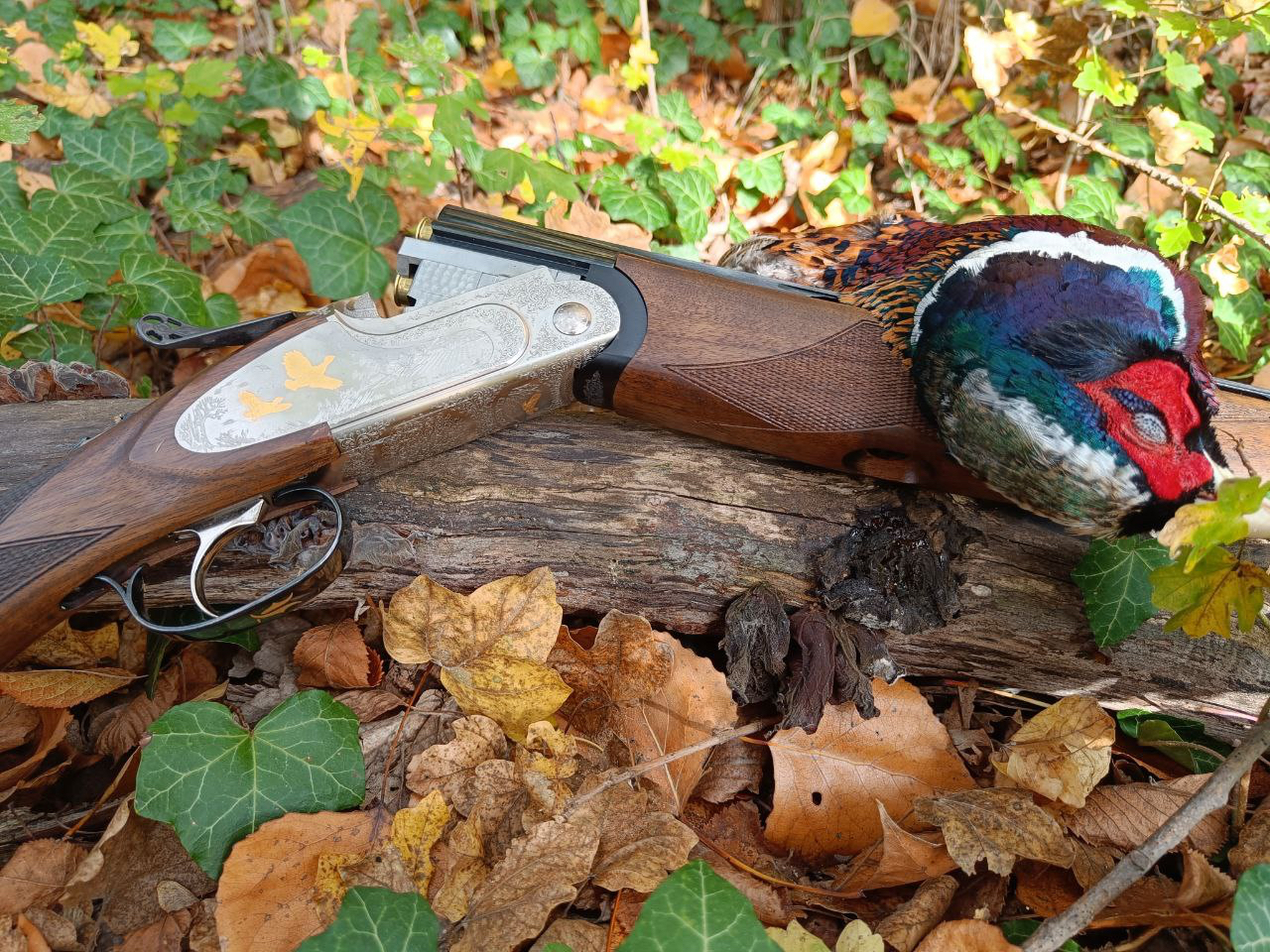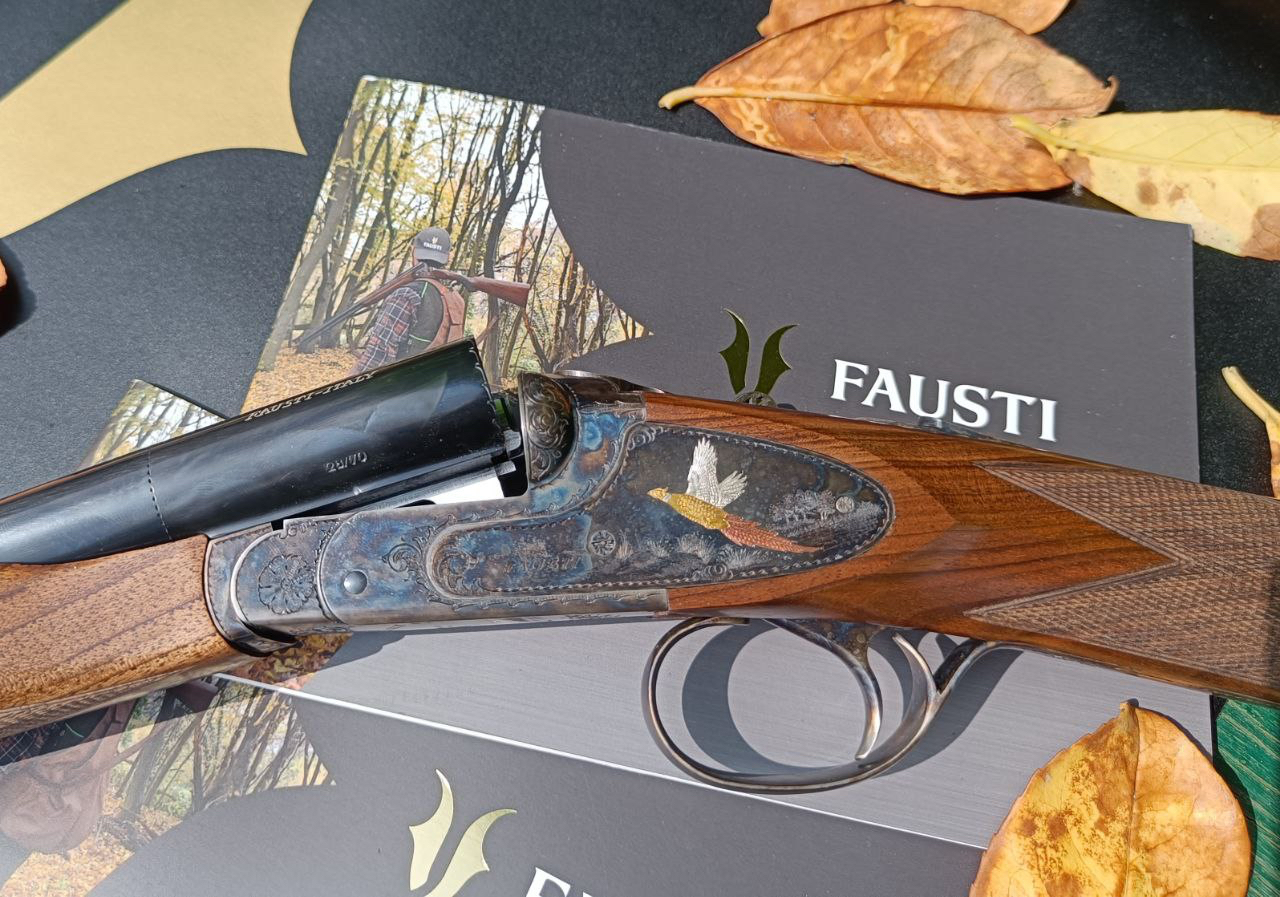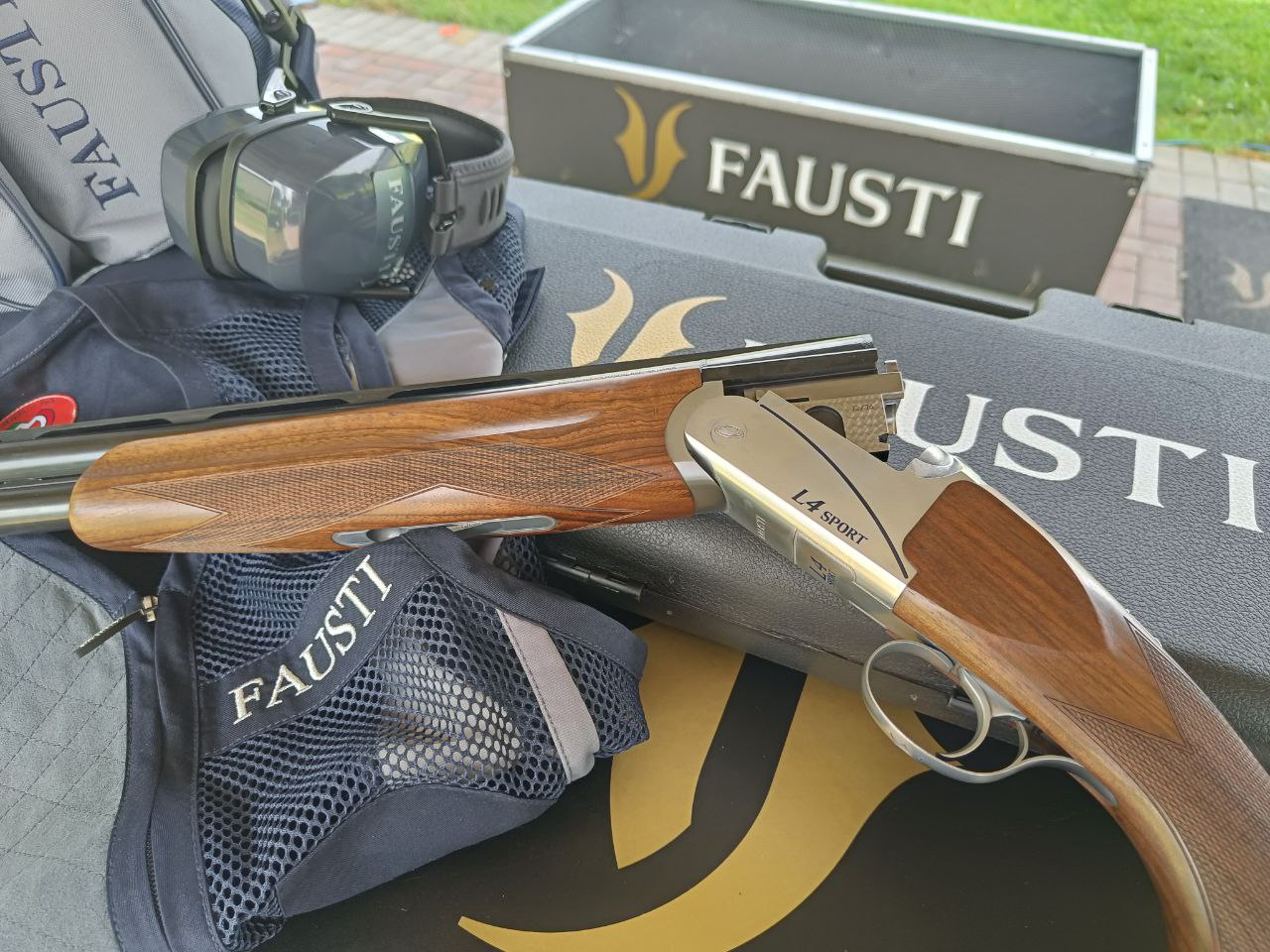In one of our recent interviews with the Fausti sisters, answering to a question about the emotional bond towards some models that has marked the history of the Italian brand, Giovanna said without hesitation that the Dea side-by-side shotgun is one of the shotguns she feels is most linked to the tradition of the company. The reason for this is not difficult to explain, since we are talking about a refined gun that in some way testify to the fact that the hunting passion is not limited to shooting, but is moved by many concrete and symbolic aspects – and the gun is one of the most significant. In these guns the elegance and attention to detail that have always characterized “made in Italy” products are clearly traceable. Even if I find that the ergonomics and the line of sight of over-unders is the perfect combination of aesthetics and functionality, personally I couldn't help but appreciate the quality of some features of the Dea 20-gauge side-by-side shotgun, taking it with me on the last hunting days of the hunting season that has just ended and then, for further confirmation, on the platform during some clay pigeon shooting sessions at the sporting course.
Video: Fausti Dea 20 gauge shotgun, from hunting to the shooting range
The field test of the Fausti Dea side-by-side
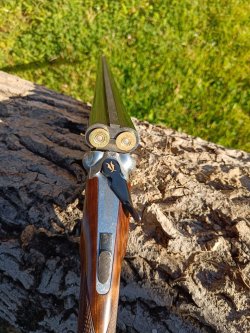
A day that seemed ideal for hunting wood pigeons turned out to be stingy due to a sudden wind that made the game birds unapproachable and suspicious, leaving me with the possibility of shooting and concluding very few hunting actions using decoys on a pole.
When firing, the gun immediately feels like a stable firearm, but I had to confirm its ease of swinging during quicker and repeated shooting sessions. For this reason, I was not satisfied with just country outings and reached the shooting range, where the fast-flying clay pigeons of the sporting course could give me the definitive answers. By alternating the trajectories of single and double clays several times, the feeling I gradually acquired with the Dea 20-gauge shotgun became more evident.
The interchangeable chokes gave me the opportunity to try different types of shots and the 71 cm barrels, especially on clay pigeons at greater ranges, highlighted the quality of the patterns with clear and visible hits. Using the Baschieri F2 Legend cartridges with a standard trap load, the gun's recoil proved to be manageable, without particular vibrations or muzzle flipping even when firing quick follow-up shots. Obviously, with the high number of rounds fired, the shotgun, which was made for hunting and not for clay shooting, began to be felt at the shoulder.
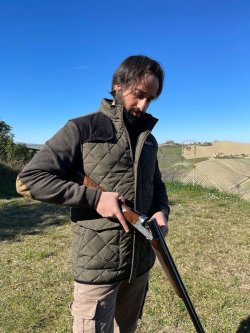
On the whole, the Dea shotgun demonstrated all its substance as a rugged hunting gun beyond its elegant appearance – a gun hunters know they can rely on, both when hunting from a blind and in instinctive shooting. We all know the dynamics of clay pigeon shooting, where shooters usually prepare themselves on the platform with a body posture suitable for the final movement of the shot release, which occurs when they feel ready and concentrated and they call for the clay pigeon to be thrown. Although it represents a mechanical and fast target, the clay pigeon is therefore still predictable – quite different from the situations in which game birds can surprise you with sudden reactions and unexpected trajectories. For this reason, I decided to evaluate the swing of the Dea double shotgun in instinctive shooting and as much as possible in the sporting course, not calling for the clay targets and leaving the operator the freedom to operate the machines and throw the clays in a sudden way as he liked. In this way I shot at the flying clay pigeons looking for them with my own eyes and instinctively, just as if I were hunting. Results were even better – certainly thanks to the fact I am more used to this type of shooting, but I was also helped by the gun, which is undoubtedly quick to the shoulder and, as I have said, very stable when firing.
All details of the Fausti Dea side-by-side shotgun
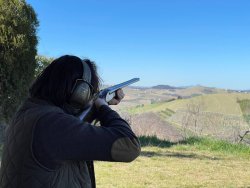
The typical box lock receiver, machined from a solid steel billet and scaled to gauge, undoubtedly makes the Dea shotgun not only more harmonious and proportionate but also optimizes ballistic performance and stability when firing. The engravings that make it recognizable, with gold-inlaid floral scrolls alternating with wild game, can be laser made or burin-made by a master engraver. Visible and well recognizable is the new Fausti logo on the long trigger guard and on the blued and perforated top lever. As always with Fausti guns, depending on the hunter's tastes and preferred type of hunting, customers can request specific characteristics and the Dea shotgun is available not only in all gauges from 12 to 410, but also in two different receiver finishes – old silver as in our case or color case hardened. At the hunter's choice there is also the selective single or double trigger and the automatic shell ejection or manual extraction. The barrels are made with a standard 70 mm chamber or a 76 mm magnum chamber and lengths range from 60 cm for woods hunting up to 76 cm for the most daring field shooters with a choice of fixed or, as in our case, internal and interchangeable chokes. Enjoyed and satisfied by our outings we can only wish the same pleasant sensations to our hunter friends with a gun that is undoubtedly classic but with many features and customizations that open the doors to contemporary hunting.
For further information on the Dea shotgun please visit the Fausti Stefano Arms website.



